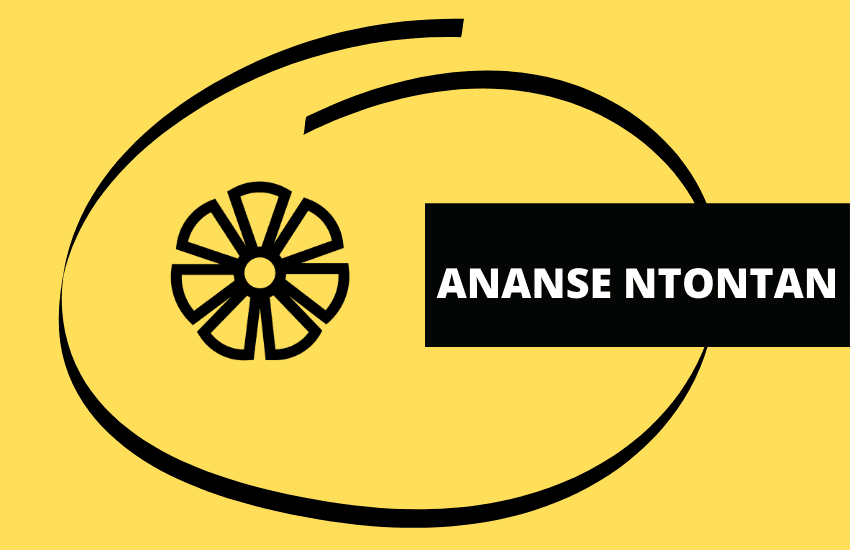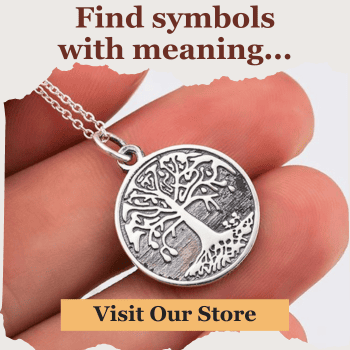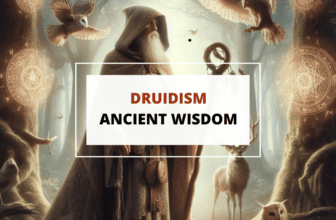
Table of Contents
Ananse ntontan, meaning ‘spider’s web’, is a significant Adinkra symbol that represents wisdom, creativity, and life’s complexities. It’s also associated with Anansi, a popular character in West African folklore.
What is Ananse Ntontan?
Ananse ntontan, pronounced a-NAN-Si N-ton-TAN, is an Akan term meaning ‘web of a spider’ or ‘spider’s web’. The symbol resembles a wheel with seven long, thick spokes, and is meant to look like a spider’s web.
Symbolism of Ananse Ntontan
This symbol signifies wisdom, creativity, knowledge, and the complexities of life. Wisdom is associated with knowledge, experience, and sensible judgment when it comes to making decisions and taking actions. Creativity involves using imagination and unique, original ideas in order to create something different and new. All this is required when building something as complex as a spider’s web, which is the idea behind this symbol.
Since the spider’s web is woven into an intricate pattern with the purpose of trapping tiny insects easily, it encourages the Akans to emulate the creature’s wisdom as well as its creativity in order to achieve their goals. Therefore, the Akans use the symbol as a reminder to think wisely in the complex and difficult journey of life.
Ananse ntontan is also associated with a well-known spider in West African folklore known as ‘Anansi’, one of the most hardworking and intelligent creatures in existence. Its intelligence can be seen in the web it constructs: the Ananse ntontan.
In some folk tales, Anansi the spider is described as the Messenger of God (or the Supreme Being), weaving a web of communication to permeate the physical and spiritual world. Anansi was also known as the ‘Chief Prankster’.
FAQs
This symbol means ‘spider’s web’ in the Akan language.
Anansi was a spider that featured in many West African folk tales. It was known as an extremely wise and creative creature.
This symbol represents creativity, wisdom, knowledge, intelligence, and life’s complexities.
What Are Adinkra Symbols?
Adinkra are a collection of West African symbols that are known for their symbolism, meaning and decorative features. They have decorative functions, but their primary use is to represent concepts related to traditional wisdom, aspects of life, or the environment.
Adinkra symbols are named after their original creator King Nana Kwadwo Agyemang Adinkra, from the Bono people of Gyaman, now Ghana. There are several types of Adinkra symbols with at least 121 known images, including additional symbols that have been adopted on top of the original ones.
Adinkra symbols are highly popular and used in contexts to represent African culture, such as artwork, decorative items, fashion, jewelry, and media.








